Tag: Article
-
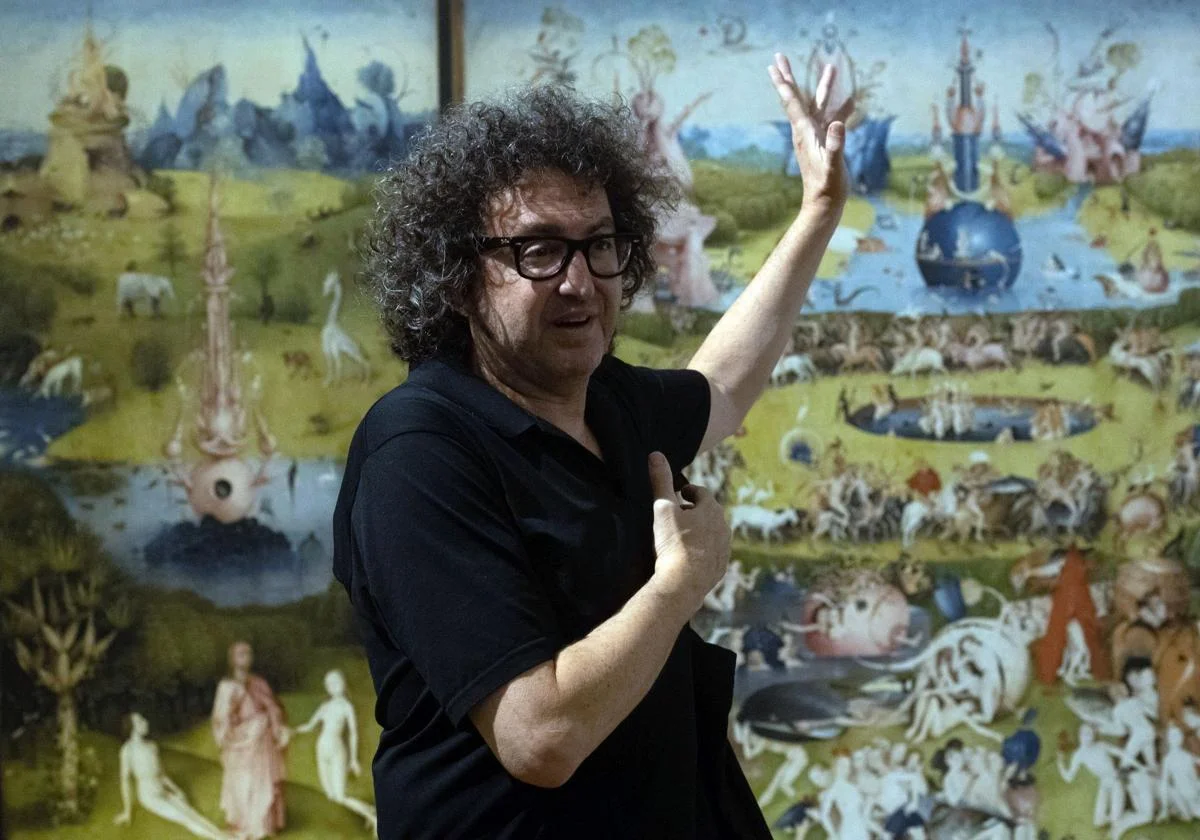
García Andújar, un ‘hacker’ de museos
El poderoso mensaje que deja en Verónicas su proyecto artístico ‘El museo del pueblo’ Por Manuel Madrid www.laverdad.es En ‘La noche americana’, la exposición comisariada por T20 Proyectos que ocupa estos días la sala de arte Verónicas, en Murcia, encontramos en el antiguo altar mayor de la iglesia desacralizada ‘El museo del pueblo’, proyecto de…
-
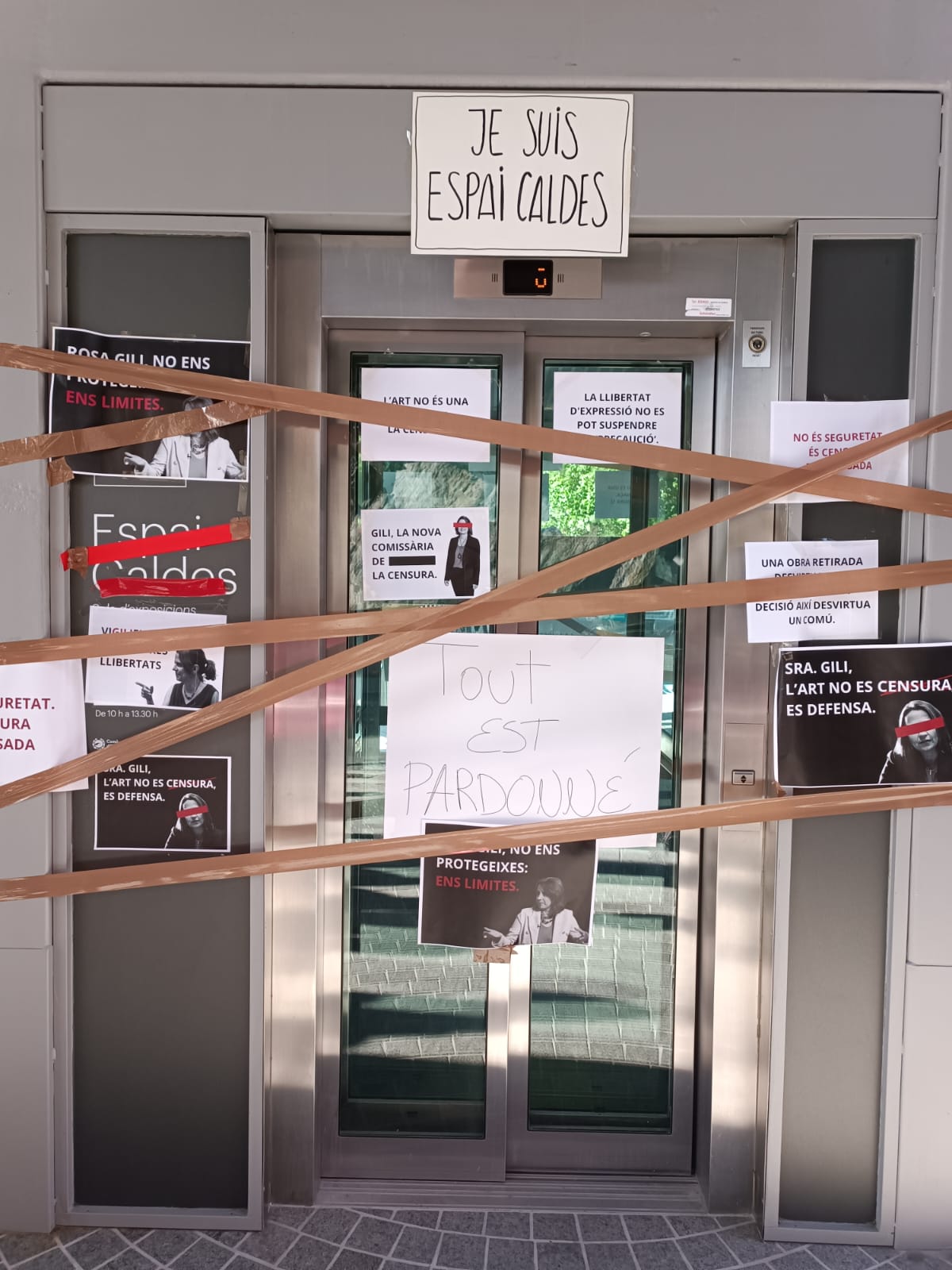
Carta oberta a Rosa Gili, cònsol major d’Escaldes-Engordany
Altaveu Andorra Senyora Gili, Li escric amb pesar, amb indignació, però sobretot amb la necessitat urgent de no deixar en silenci el que va passar el dia 23 de maig a l’Espai Caldes. Em vaig desplaçar a Andorra amb tota la il·lusió del món. Vaig acudir-hi per acompanyar un equip entregat, per donar suport a…
-
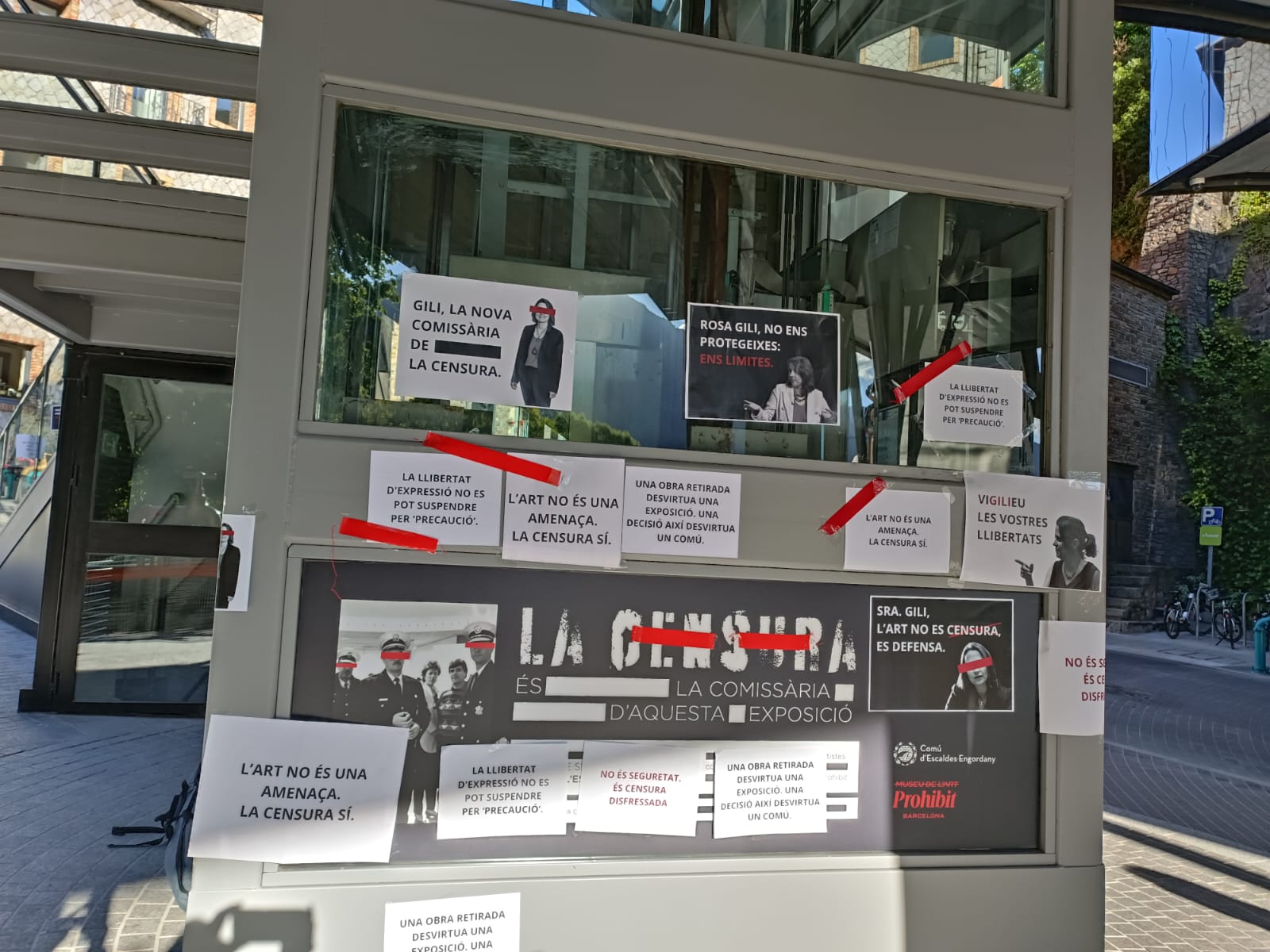
Carta abierta a Rosa Gili, cónsul mayor de Escaldes-Engordany
Sra. Gili, Le escribo con pesar, con indignación, pero sobre todo con la urgente necesidad de no dejar en silencio lo ocurrido el pasado 23 de mayo en el Espai Caldes. Me desplacé a Andorra con toda la ilusión del mundo. Acudí para acompañar a un equipo entregado, para respaldar un proyecto valiente y para…
-
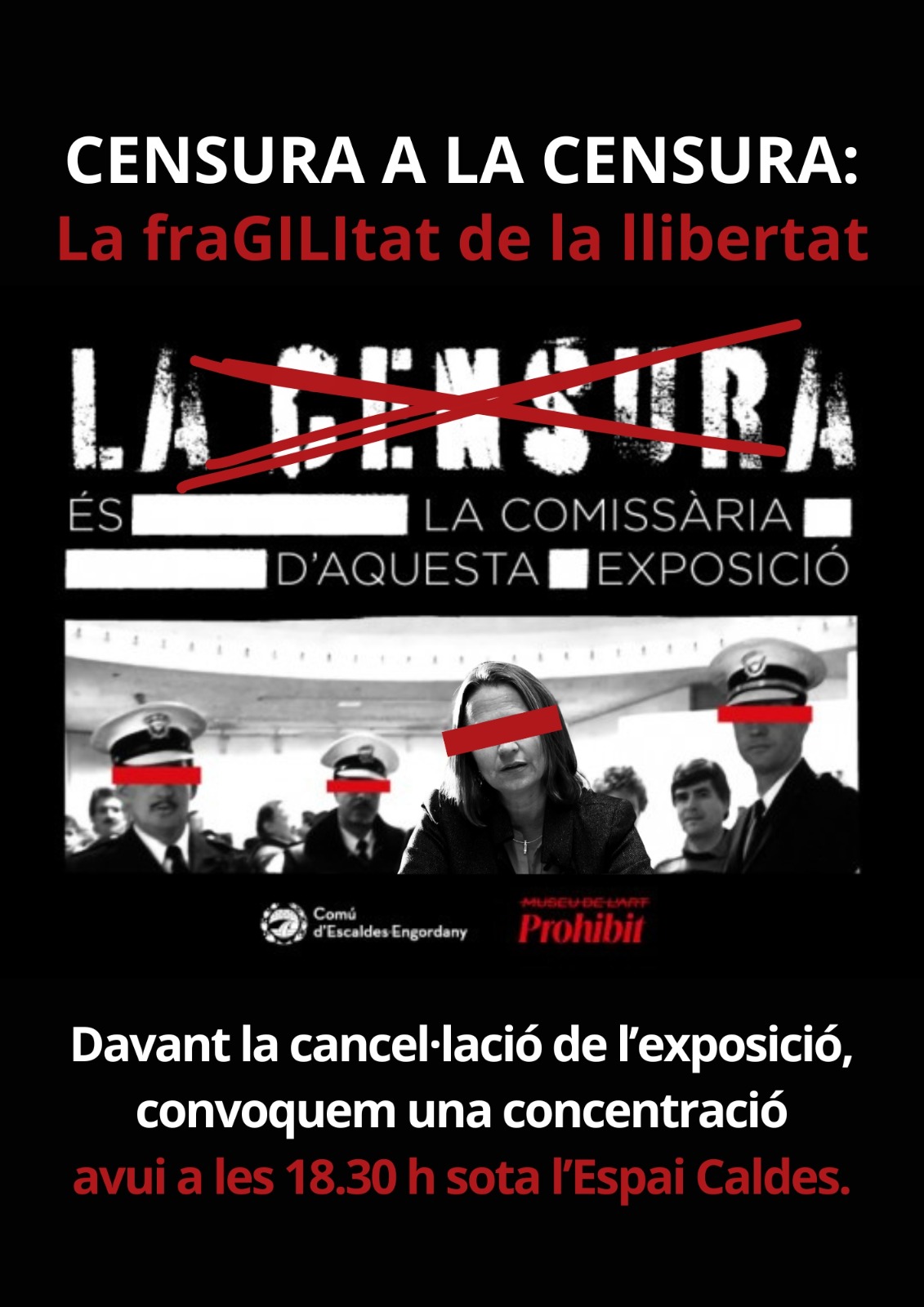
La censura (una vez más)
La clausura de La censura es la comisaria (de esta exposición) en Escaldes-Engordany pone de manifiesto, una vez más, la persistencia de la censura y la facilidad con que la intervención política —amparada en un discurso de “seguridad”— puede erosionar los fundamentos democráticos de la práctica artística. El episodio refuerza la urgencia de articular resistencias…
-

Censorship (Once Again)
The closure of Censorship Is the Curator (of This Exhibition) in Escaldes-Engordany highlights, once again, the persistence of censorship and the ease with which political intervention—justified under a discourse of “security”—can erode the democratic foundations of artistic practice. This episode reinforces the urgency of articulating affirmative resistance from within the cultural field and compels us…
-
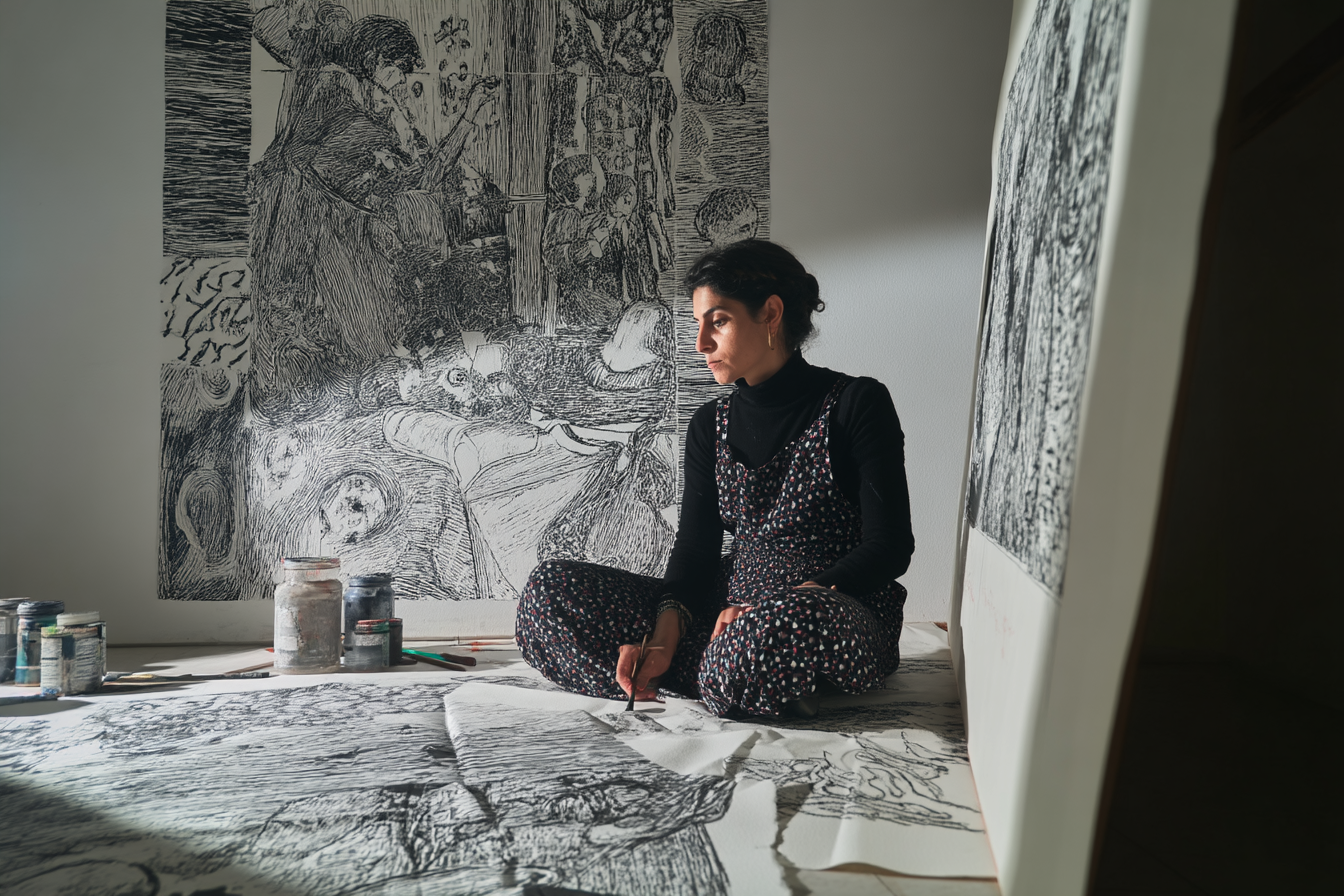
Hacia un nuevo paradigma de gestión y producción artística
El acceso a la cultura constituye un derecho fundamental que refuerza la democracia, fomenta la equidad y fortalece la cohesión social. Sin embargo, el modelo actual de gestión cultural de las artes visuales en España no siempre garantiza estos derechos de manera equitativa. Repensar dicho modelo se presenta como una tarea urgente, no para desmantelar…
-
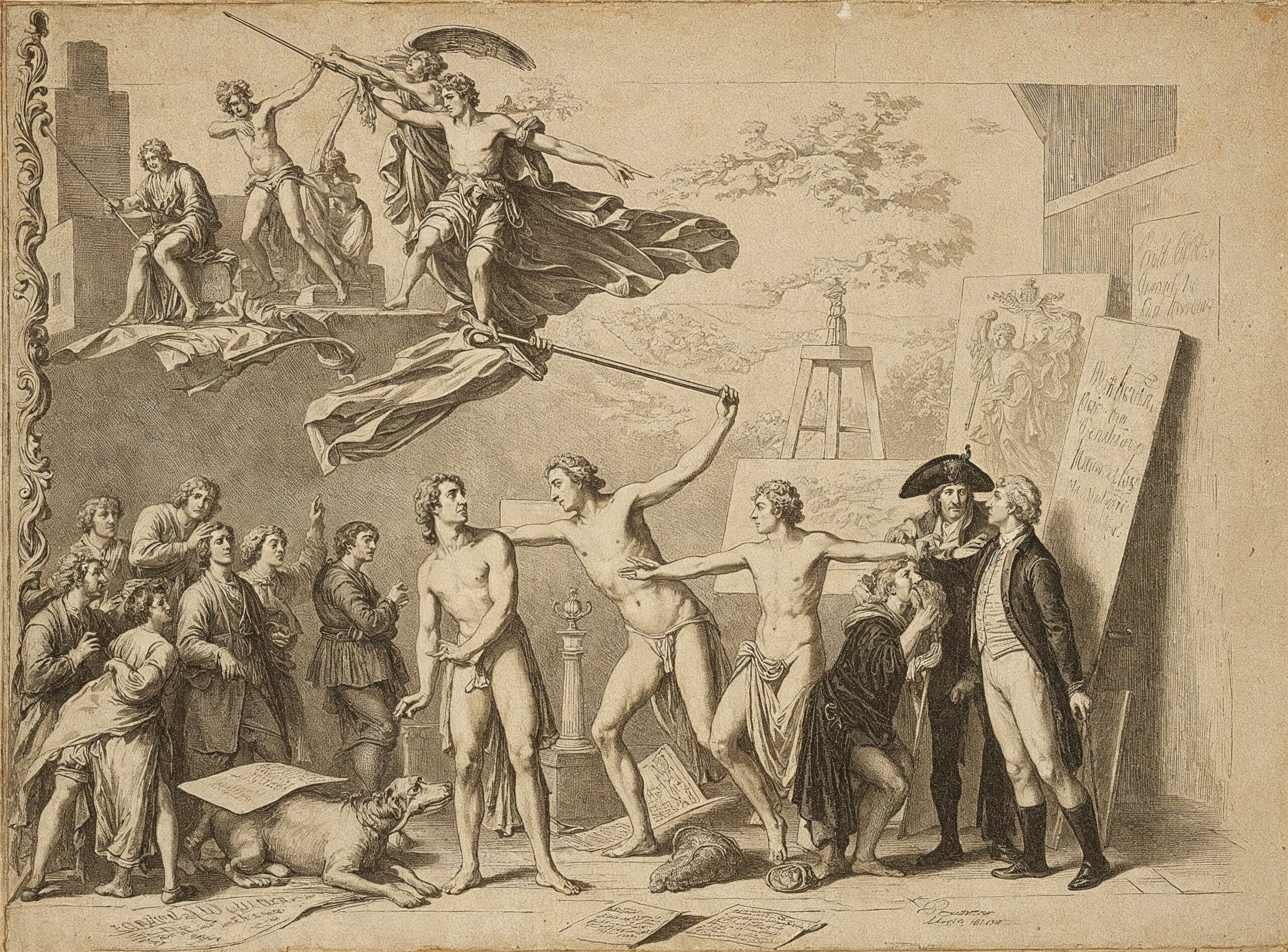
Hacia un nuevo contrato social para la cultura
El análisis del modelo de gestión y producción artística en España revela una serie de deficiencias y desafíos que requieren una atención urgente. El impacto del extractivismo cultural, las condiciones precarias para muchos artistas, la falta de transparencia en la administración y el mercado y la necesidad de una mayor descentralización son aspectos clave a…
-

Jornada «El paper dels arxius en la creació contemporània»
The archive in contemporary creation transcends its condition as a repository of memory to become a critical tool that facilitates resistance, redefinition and the generation of new realities. The activation of archives, the revelation of their gaps and tensions, and their use to construct new fictions that challenge power structures constitutes an exercise in critical…
-
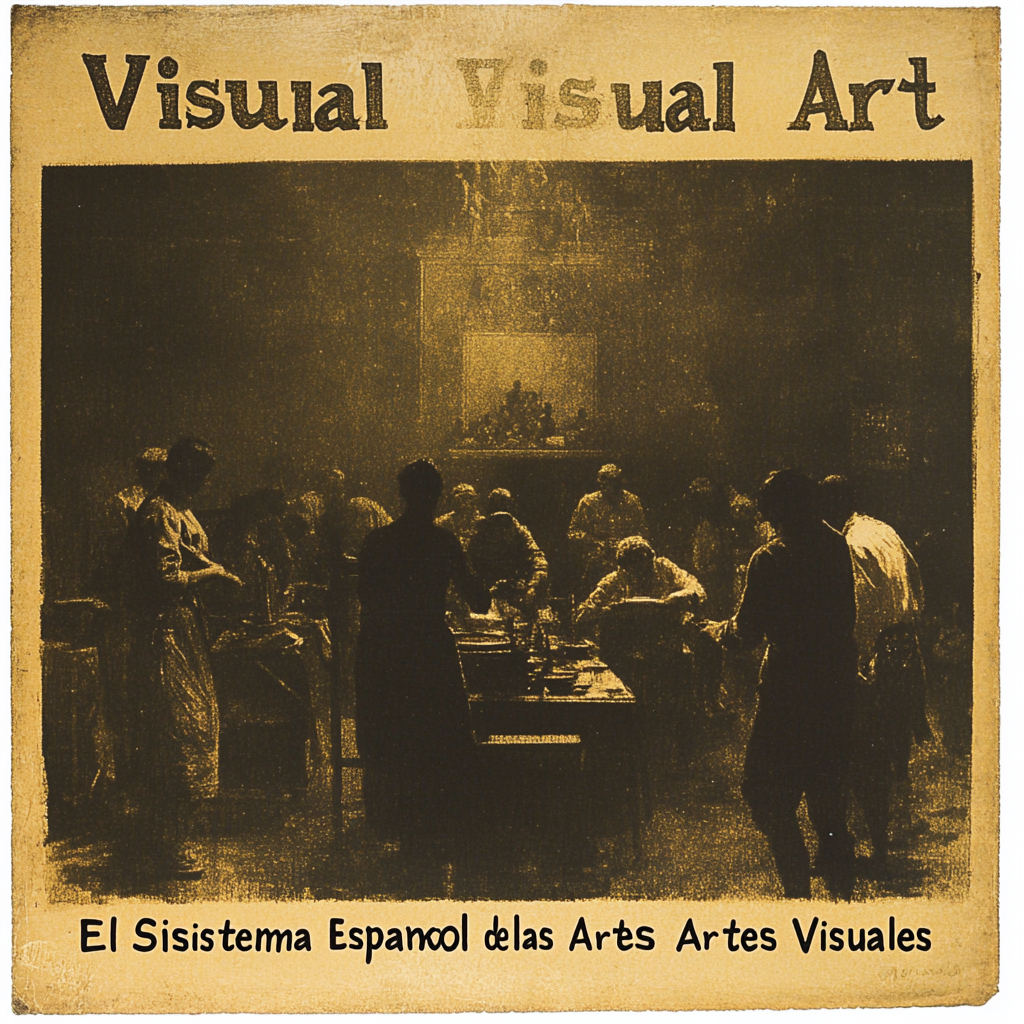
The Spanish Visual Arts System: A Tragicomedy in Several Acts
The visual arts system in Spain faces a complex and challenging situation, evoking a true Lorquian tragicomedy. The legal ambiguity surrounding who qualifies as a “visual artist,” the lack of effective public policies, and an education system stuck in the past hinder the consolidation of a solid artistic context. While Europe advances in the integration…
-

El Sistema Español de las Artes Visuales: Una Tragicomedia en Varios Actos
El panorama del arte visual en España se asemeja, en muchos aspectos, a una tragicomedia lorquiana: dramas legales, precariedad económica y algunas buenas intenciones que se tambalean en el escenario. Todo esto ocurre en un contexto de cambios lentos y desiguales, mientras en el resto de Europa parece haberse consolidado la noción de que los…
